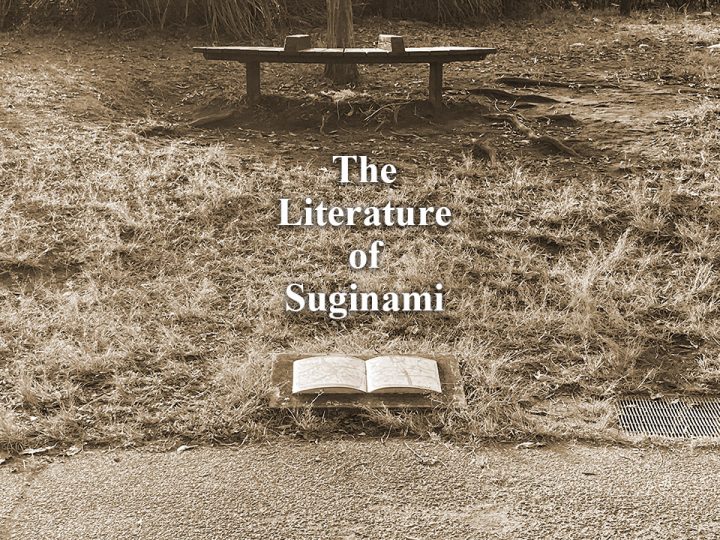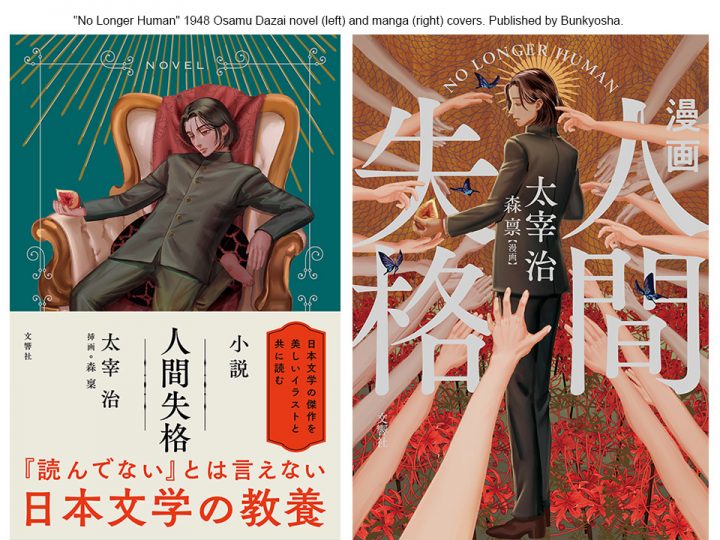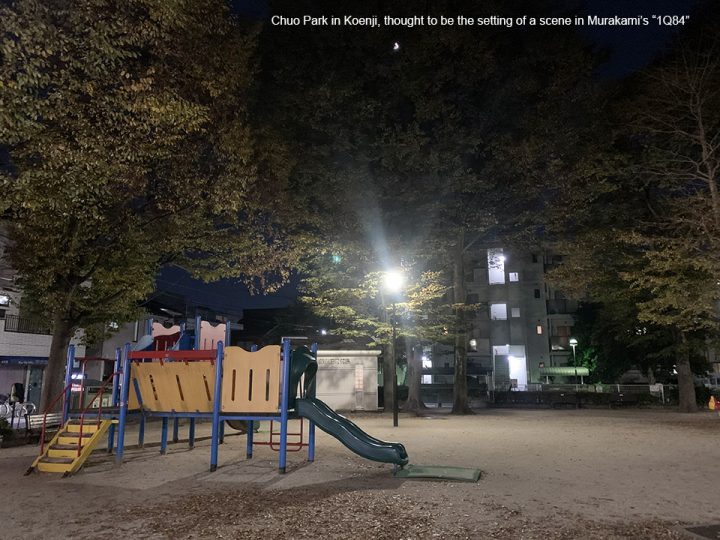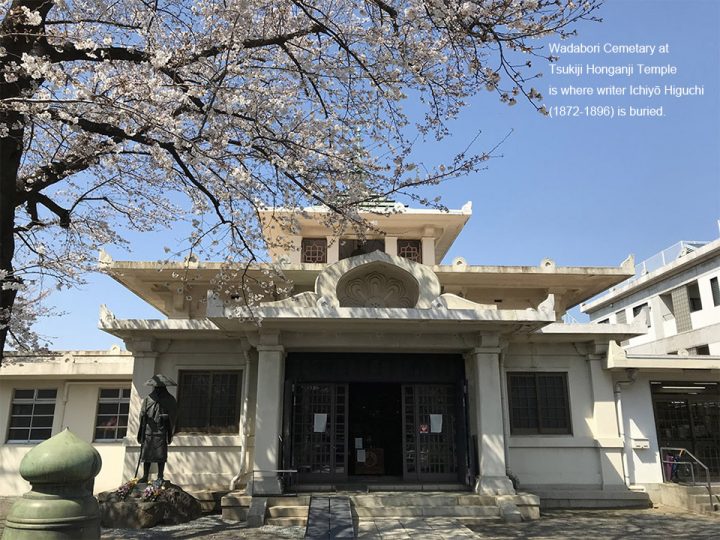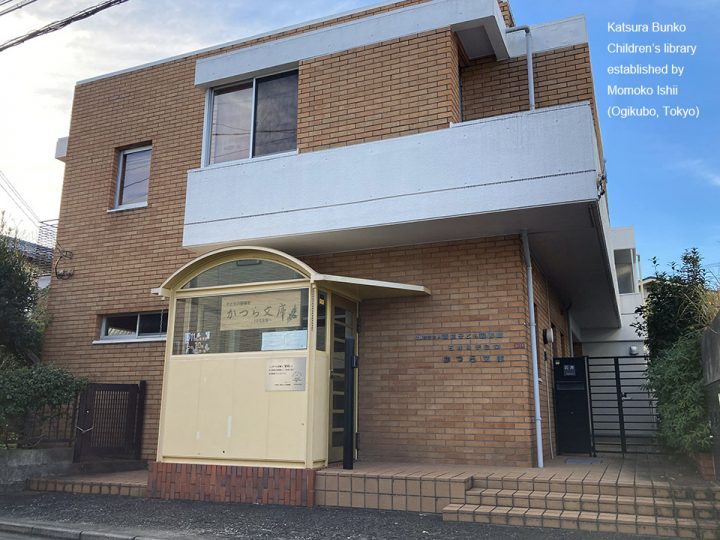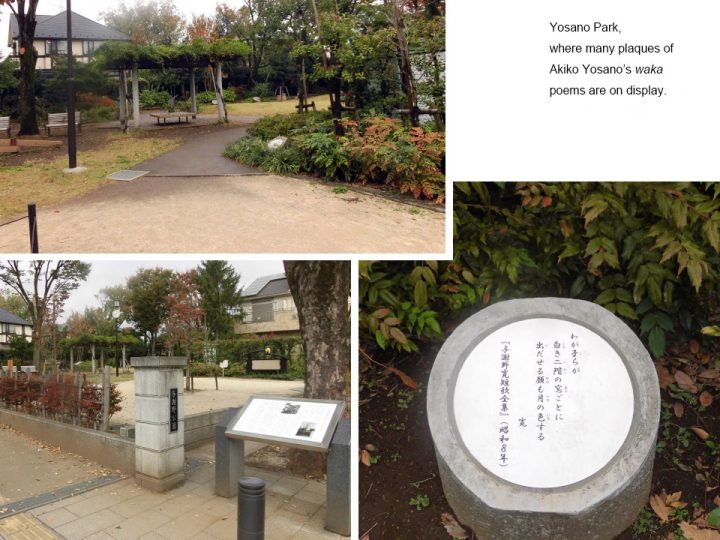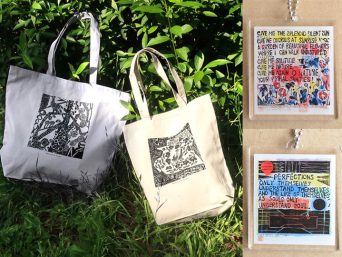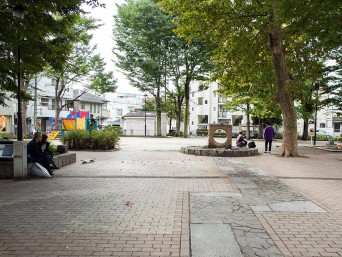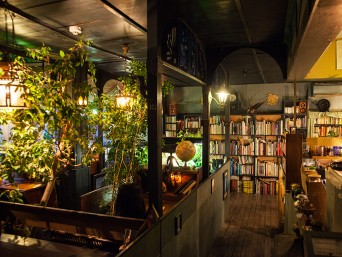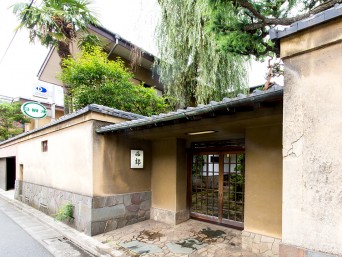- LEARN
- about suginami
- THE LITERATURE OF SUGINAMI
THE LITERATURE OF SUGINAMI
“Literature” is one of the most important themes in talking about Suginami, Tokyo, a city that has long been loved by many writers. From the 1920s to the present, a lot of “Bunshi”, or writers, such as Masuji Ibuse, Osamu Dazai, and Yasunari Kawabata lived in Suginami, and numerous distinguished works were written here in Suginami or have stories that take place here.
Writers of the Asagaya-kai
The reason why so many writers came to live in Suginami on the west side of Tokyo is that after the Great Kanto Earthquake of 1923, a lot of people wanted to live safely and peacefully and moved into Suginami. At that time Suginami was more of a farming town, west of the destructed areas. Many young writers relocated here, choosing Suginami as the starting place to create their works.
Among the writers who lived along the Chuo Line from prewar through postwar periods were people who held a social gathering called the Asagaya-kai, or “Asagaya Club”. The purpose of the group was to make deep friendships while enjoying drinking alcohol and playing shogi, Japanese chess. Masuji Ibuse (1898-1993, whose most notable work is “Black Rain” (Japanese title: “Kuroi Ame”)) was the leader of the group, and Osamu Dazai (1909-1948, whose representative work is “No Longer Human” (Japanese title: “Nintendo Shikoku”)) and other writers who were active in the literary circles in those days took part in the group. This Asagaya-kai continued until the 1970s.
Literary Ties to Koenji in Suginami
Yasunari Kawabata (1899-1972), who was awarded the Nobel Prize in 1968, once lived in Suginami. In 1927, right after his masterpiece “The Izu Dancer” was published, he lived in Koenji for a year. His married life with his wife Hideko with whom he spent his whole life with started here in Koenji.
Haruki Murakami (b. 1949) is a very popular writer abroad as well as in Japan. Koenji is depicted in “IQ84” as a particular setting of this story. The protagonist lives in Koenji, and despite not being named directly in the work, a children’s park which is key to the plot is assumed to be Koenji Chuo (Central) Park, based on the description.
Woman Writers and Places Related to Suginami
Ichiyou Higuchi (1872-1896), whose portrait is printed on the current 5000-yen bill, is a female writer who passed away in 1896 at the age of 26. While she was very poor, she wrote “Takekurabe” (English titles include “Growing Up” and “Child’s Play”) based on her own experiences living in a Meiji era red light district of Tokyo, depicting one girl’s faint love. Her gravestone is in Wadabori Cemetry of Tsukiji Honganji Temple (1 Chome-8-1, Eifuku, Suginami).
Momoko Ishii (1907-2008) was a woman known for translating “Winnie The Pooh” into Japanese, and responsible for making the work well-known in Japan. Momoko Ishii was a highly dedicated scholar, who studied abroad at the age of 47. Katsura Bunko (3 Chome-37-11, Ogikubo, Suginami), which Momoko established at her own home, is a private children’s library in full operation to this day. Momoko Ishii won numerous awards for her lifetime devotion to children’s literature.
Yosano Park (4 Chome -3-22, Minami Ogikubo, Suginami) has 14 monuments on which the poems of Akiko Yosano (1878-1942) are engraved, so you can feel a literary atmosphere in the park. This memorial park used to be the residence of poet Akiko Yosano and her husband. Akiko was a well-known poet and produced passionate love poems, gave birth to 12 children, and tackled many women’s and social issues, a true icon of Suginami.
We have introduced only a few writers and their works in Suginami. Other than these, Suginami has produced various literary works from the time when the writers of Asagaya actively worked up to the present.
For example, Shuntaro Tanikawa, known as a translator of the “Peanuts” series comics that gave the world Snoopy, keeps on creating various works, despite being over 90 years old. Some of his works are translated into English, Chinese, Korean and other languages. Please try reading some of these translated books, visiting the places related to these writers, or learn about Suginami from a literary viewpoint.
Reference and Sources:
Suginami Gaku Club: Writers of Suginami (Japanese language external link)
Suginami Gaku Club: Books Related to Suginami (Japanese language external link)
YOU ALSO MIGHT LIKE:








